Few video games in history have cribbed more of its foundation from the Warhammer universe than the original Doom. The landmark ’90s first-person shooter was filled to the brim with titanic demonspawn, disemboweling shotgun blasts, and sweaty comic-book machismo — not unlike the goliath space marines in the grim darkness of the far future. So it’s fitting that Warhammer 40,000: Boltgun is such a dogmatic tribute to the tenets of vintage, id Software-hewn monster slaying. The latest entry in Games Workshop’s digital empire aims to take us back to a happier age: a time of 2.5D sprites, gelatinous blood splatters, and level maps dotted with secrets, keys, and ammunition pickups. The 90s are back, baby. John Carmack would be proud.
You are a Space Marine, a superhuman race of militant intergalactic zealots, who scorch across the universe to eradicate all of the forces who wish ill upon the Emperor of Mankind. After a brief expository overture, Boltgun discards all of its narrative precepts and gets right down to business. Your space marine is dropped into the opening level equipped solely with his quintessential Gears of War-esque chainsword; with one right click, you’ll saw a hapless chaos demon in two. Your hero will unlock an ever-expanding arsenal as they make their way through the gauntlet, the particulars of which will be immediately familiar to anyone who’s ever conquered Mars or Hell. Soon enough, you’ll be mouse-wheeling between a shotgun, a plasma gun, and the titular bolter, all of which are capable of reducing your enemies into a misshapen pinkish lump.
Boltgun isn’t taking any inspiration from the modern drift of first-person shooters. Players aren’t going to find any RPG meta-progression, open-world stat grinds, or quasi-MMO multiplayer mandates. This is a video game that could’ve easily arrived in 1996, and. Boltgun eagerly leans into those tenets with its art style. This is an old-school PC experience, replete with paper-thin enemy models, static death animations, and color-coded keys and doors. But that vintage ideology has been souped up by 2023 engineering, like a 1958 Jaguar converted into an EV. Boltgun might play like Doom, but id Software certainly wasn’t drumming up the gory particle effects and psychedelic bullet trails that fill the screen in developer Auroch Digital’s firefights.
After an hour with Boltgun, I can safely say that the action comes together beautifully. This is not a shooter about making tough tactical decisions. The space marine is big, beefy, and generously durable — he compels players to switch their brains off — so I found myself absorbing a ton of punishment as I eviscerated any who stood against the glorious Imperium. Boltgun gets increasingly unhinged when the bullets start flying and the corpses start rupturing. Every inch of the terrain is smeared with bright, crimson blood, to the point that it becomes difficult to remember, exactly, what you were aiming at. Trust me, I mean that as a compliment.
Of course, Boltgun is going to need some interiority if it wants to be truly memorable. I love a fabulously phantasmagoric gore binge as much as the next person, but I have also played enough indie, stylized shooters to know that flashy viscera is not enough alone to carry a product across the finish line. We might be in luck, though. I noticed a few tips in the game’s loading screens that made reference to different damage types, which apparently are more effective depending on whatever is currently occupying your crosshairs. While I didn’t play enough of Boltgun to make those strategic calls myself, that does sound like a step in the right direction. It brings to mind Doom Eternal, a game that delivered all of the rapturous slaughter of its mother franchise, while still encouraging some genuine mindfulness as we plotted out our murder sprees. Ideally, Boltgun will match that same thoughtfulness as our catalog of weaponry slowly enlarges and the demons in the path grow more treacherous.
Barring that, Auroch Digital has managed to teleport all of us into an alternative universe; one where id scored the Warhammer license at the peak of the ‘90s. Time travel is possible. I have just the low-res chainsword to prove it.

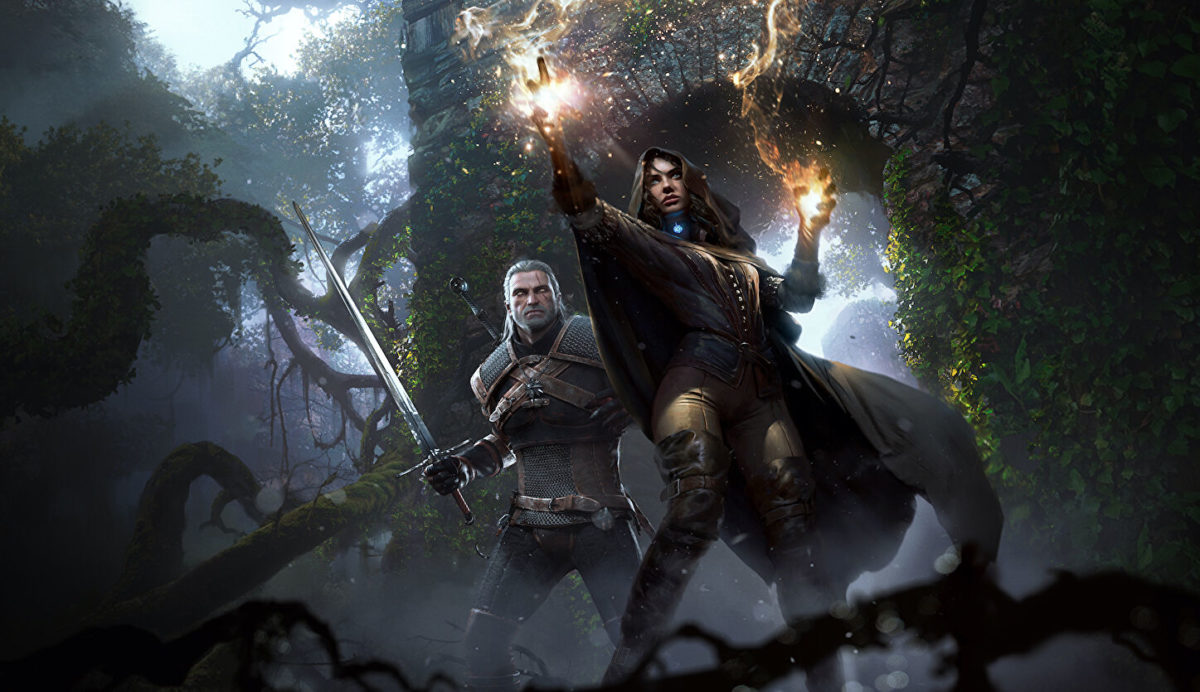
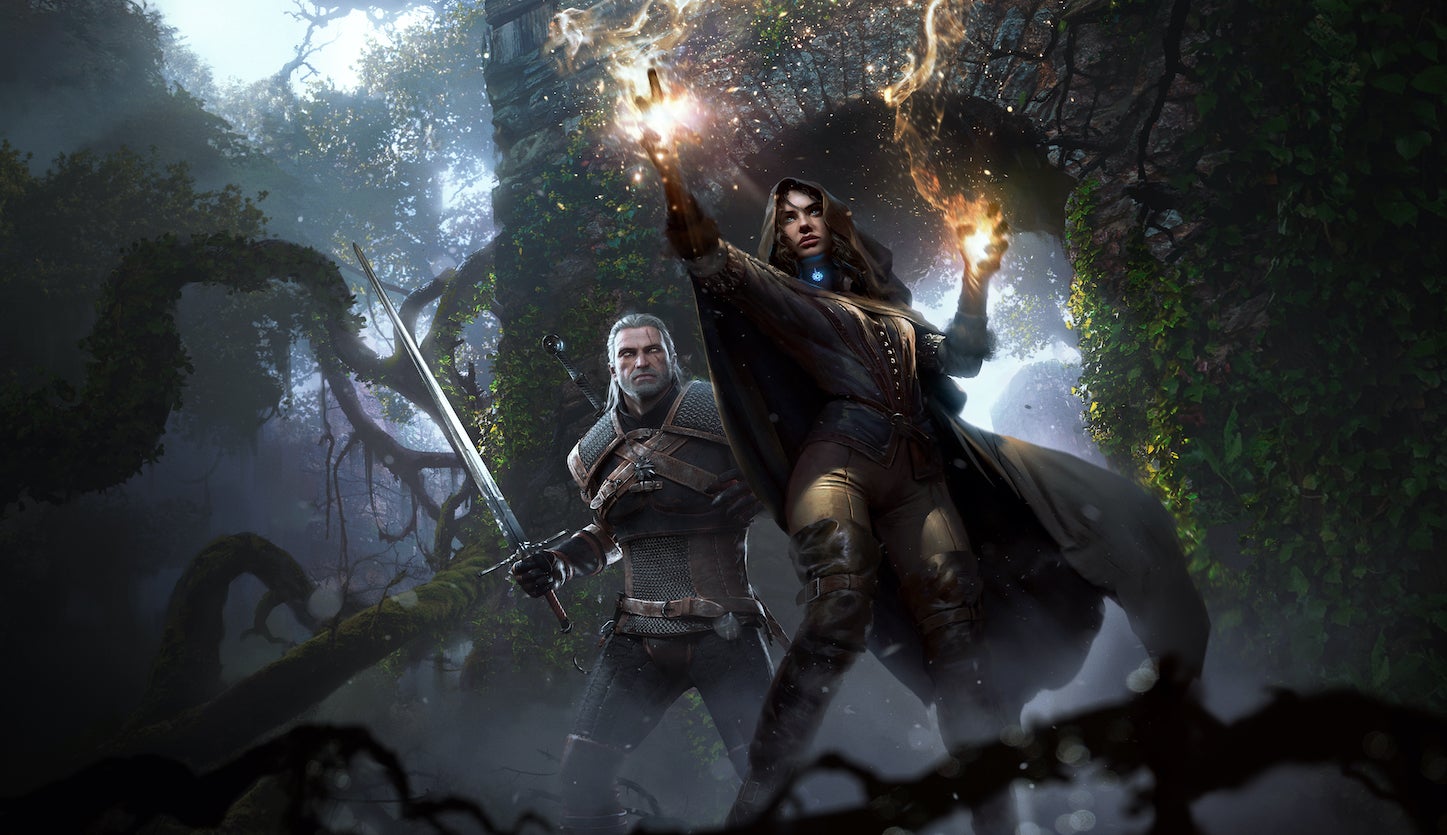 The Witcher from Molasses Flood – the studio behind
The Witcher from Molasses Flood – the studio behind 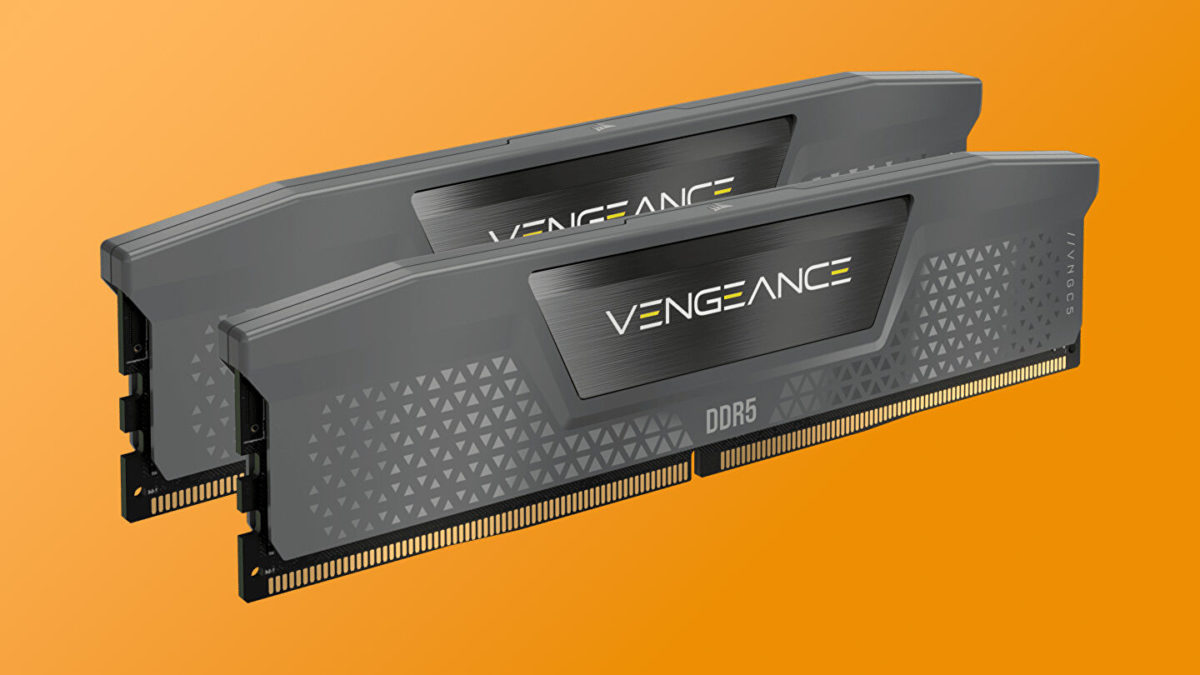
 Read more
Read more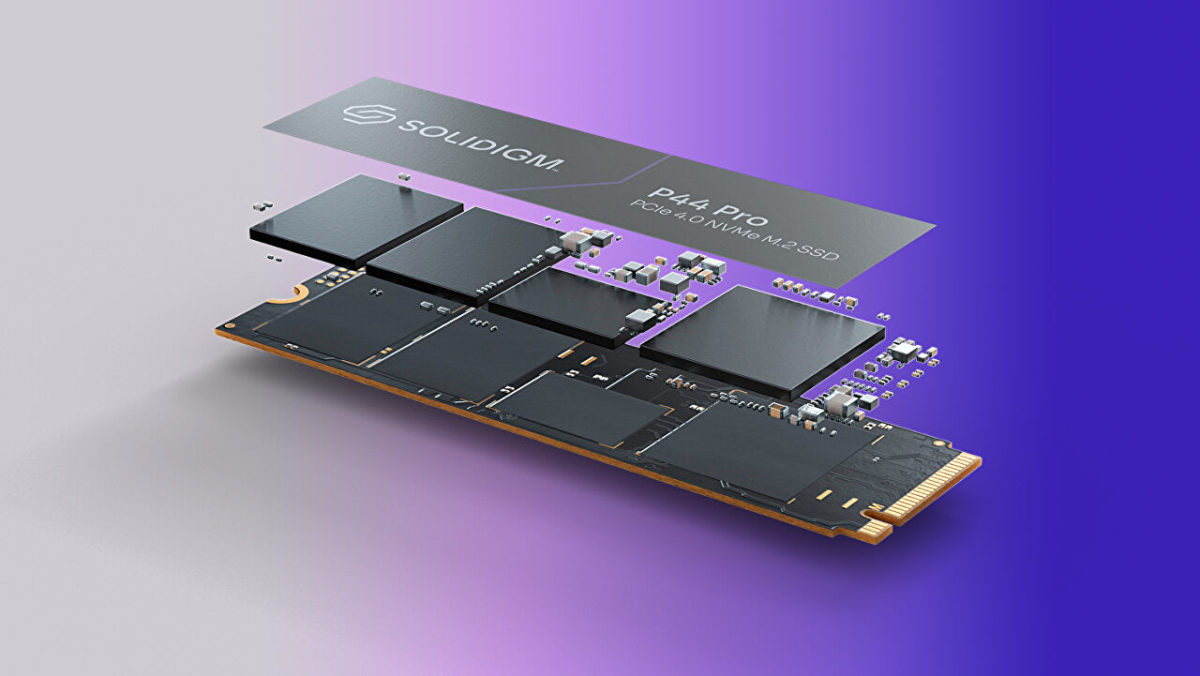
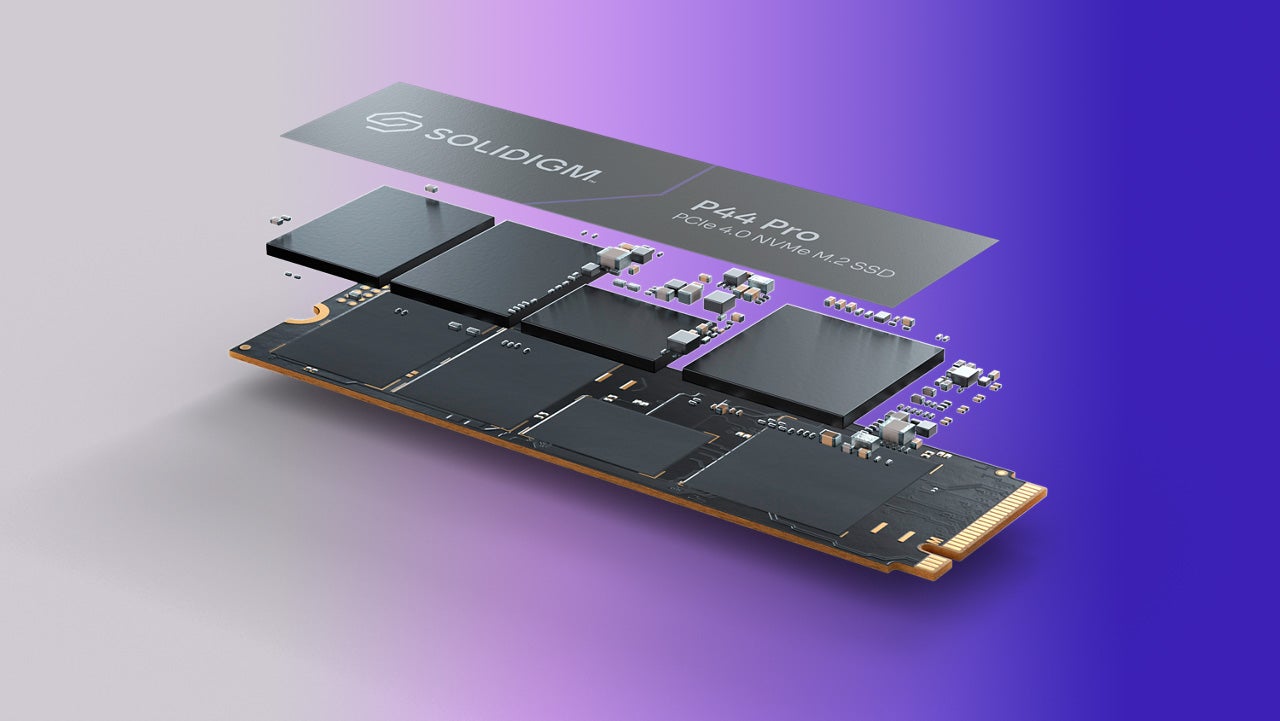 fifth place NAND flash memory manufacturer, another brand that creates their own flash memory and controllers: SK Hynix, or as their consumer brand is labelled, Solidigm (meant to rhyme with paradigm for some reason).
fifth place NAND flash memory manufacturer, another brand that creates their own flash memory and controllers: SK Hynix, or as their consumer brand is labelled, Solidigm (meant to rhyme with paradigm for some reason).